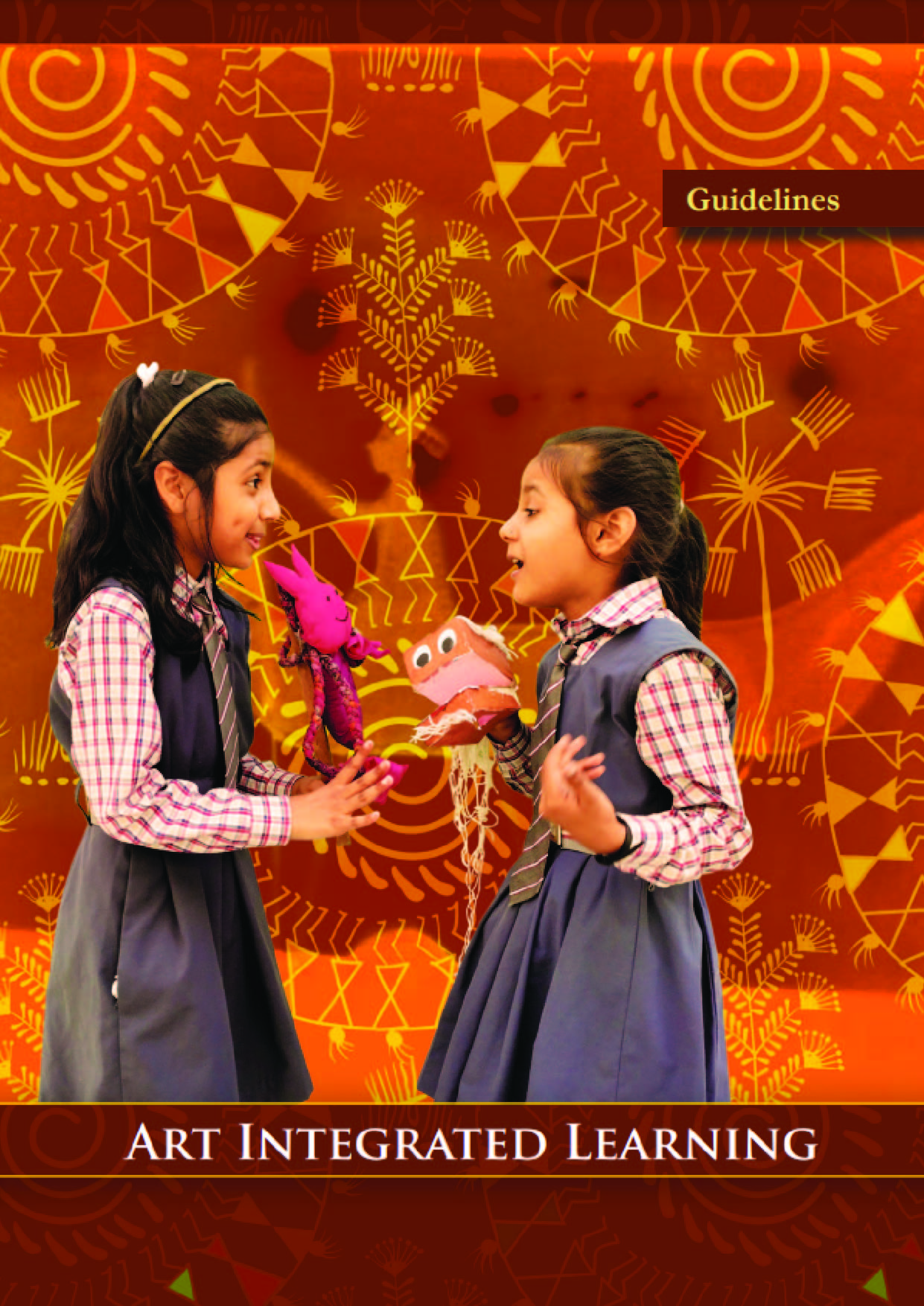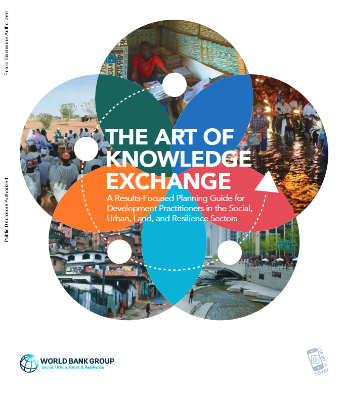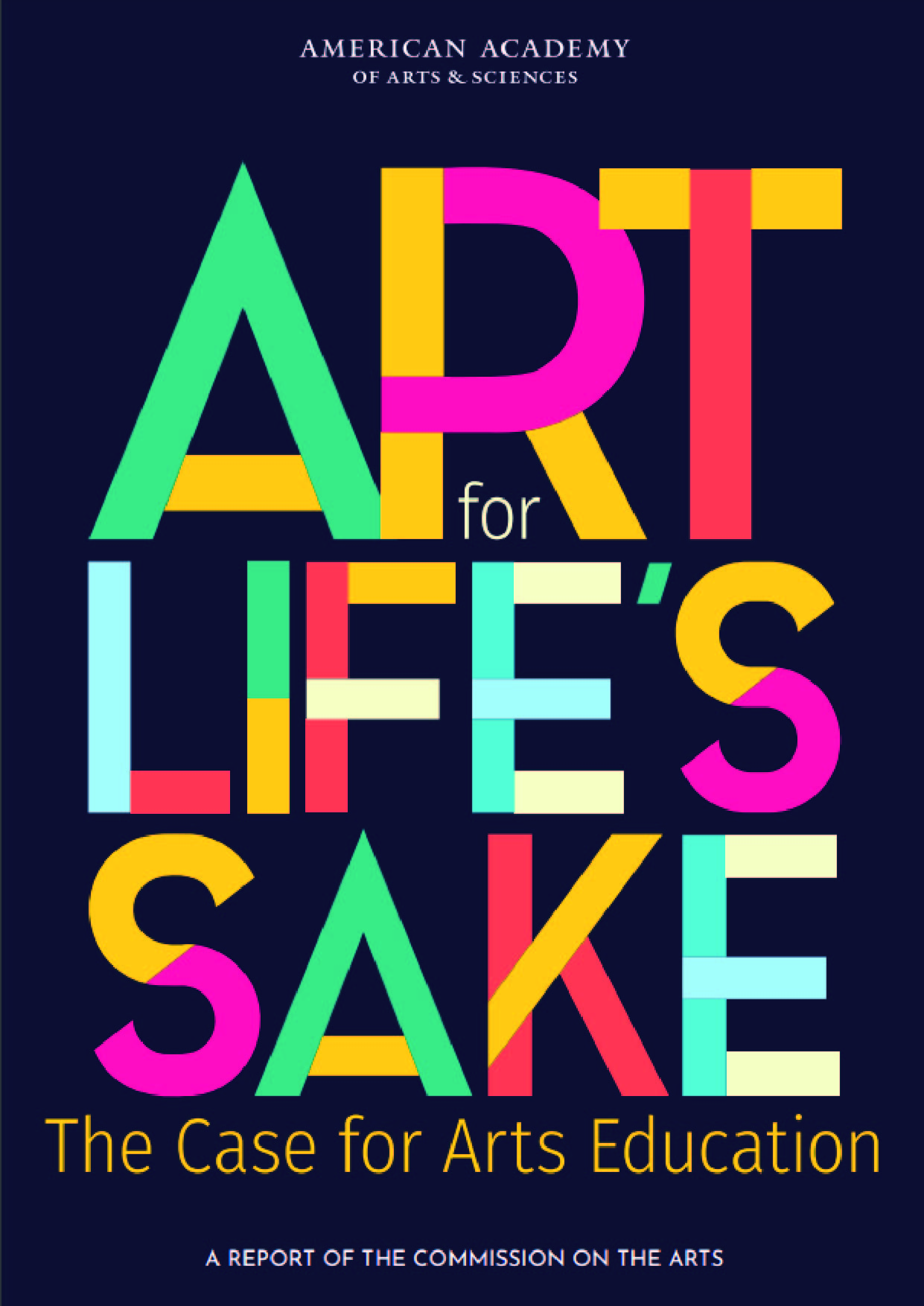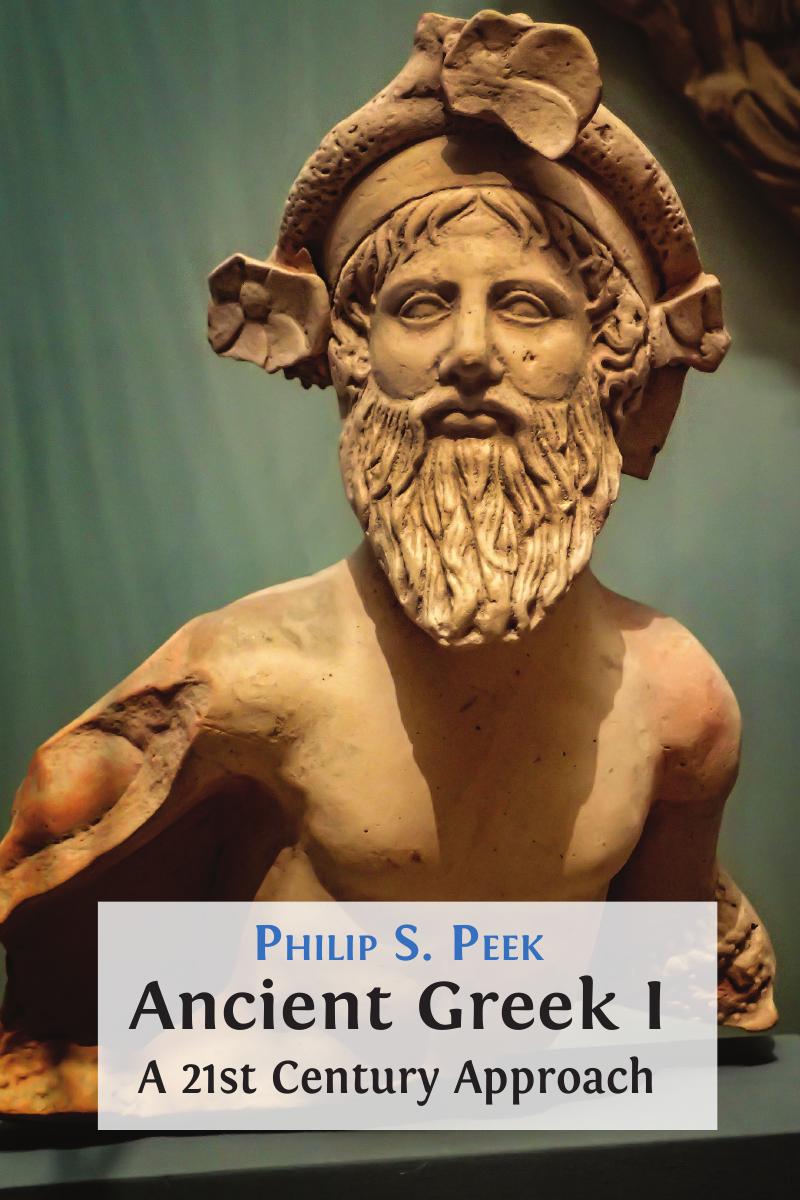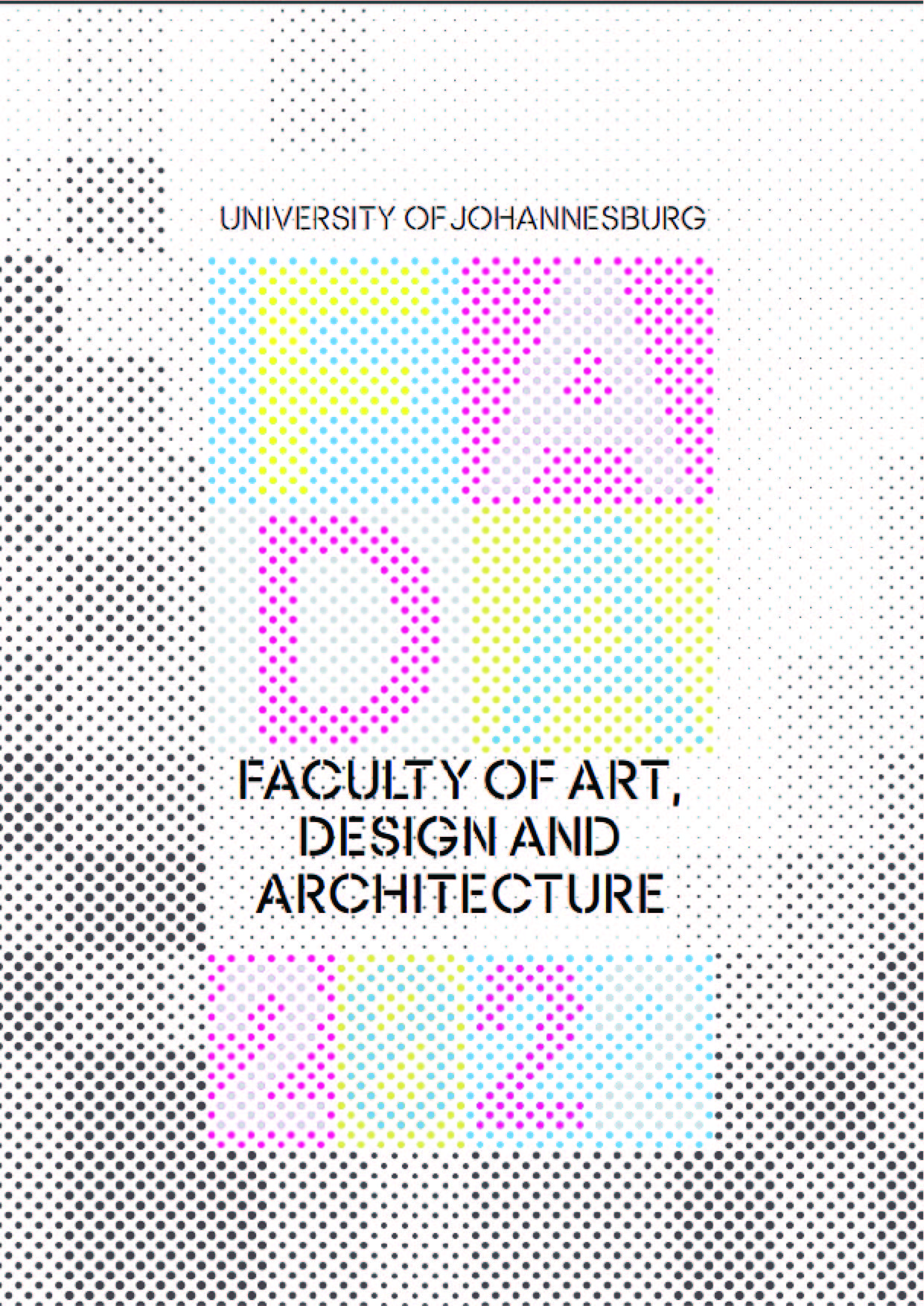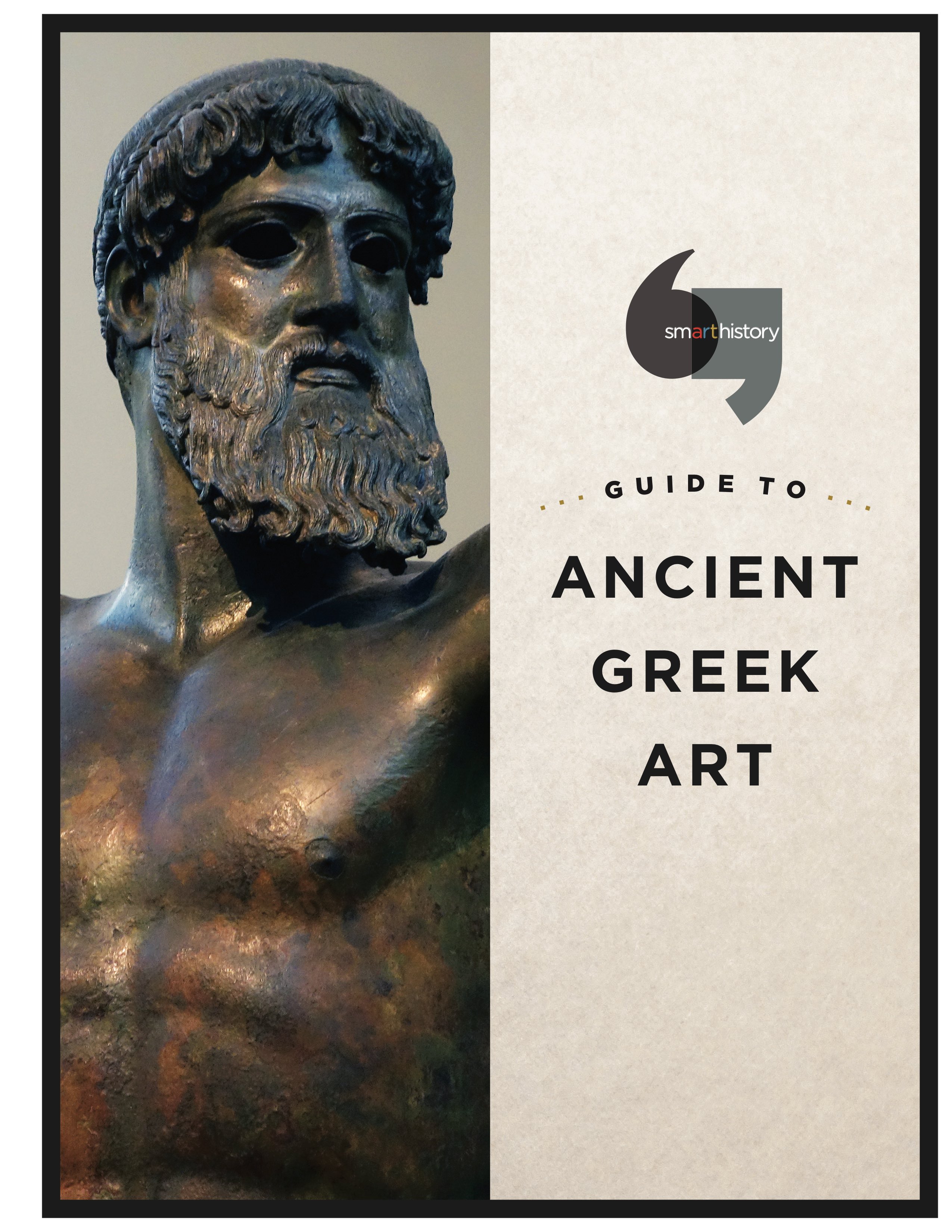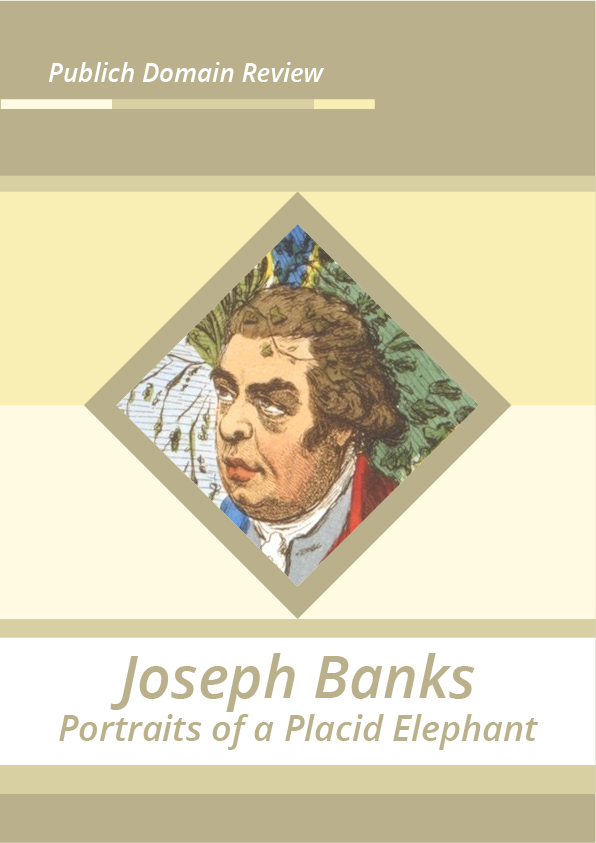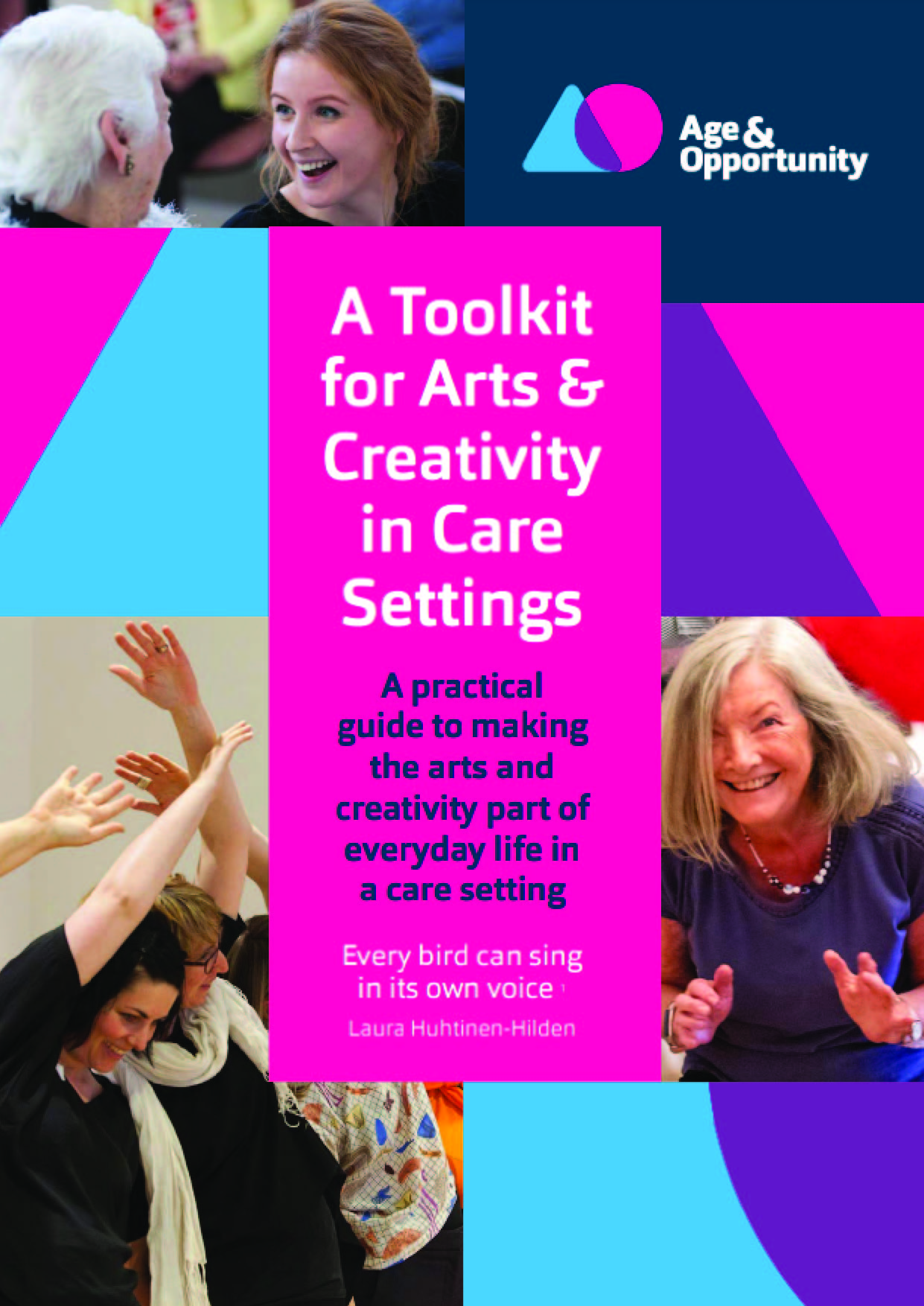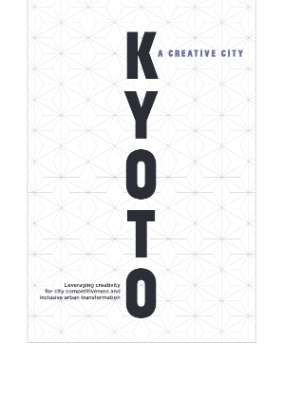Introduction
Children are naturally curious and engage in play with objects and respond to music, rhythm and colours. From infancy, they delight in the interplay of light, sound, movement, shadow, shape and colour. Visual and tactile experiences such as exploring cereals or pulses in the kitchen, sculpting in sand, painting with fingers, scribbling with charcoals, playing with props like sticks and brooms, playing horse on Babaji’s stick or ghar-ghar help children develop holistically: they create shadows in patches of sunlight displaying experimentation and scientific temper. They form shapes such as squares, lines and circles with sticks or pebbles, leaning towards mathematical concepts. For young children, scribbling and stacking are first representations of their inner realities that emerge as detailed and imaginative stories if given a chance to describe their artworks.
In India, Nobel Laureate Rabindranath Tagore pioneered the idea of a relationship between arts and learning: many of his thoughts are captured in a book titled ‘Art- The Basis of Education’ by his student Devi Prasad (1998). Extensive research in the field has established that utilizing visual and performing arts in teaching-learning process encourages creativity, develops problem-solving abilities and improves the ability to handle mental imagery, as well as an understanding for using spaces creatively. This leads to the holistic learning and development of children. The recommendations of the National Curriculum Framework (2005), state that art education at all stages enables students to fully appreciate and experience the beauty of the universe and helps in their healthy mental development. [National Curriculum Framework, NCERT, 2005] The details for using art as a basis for learning have been described in the Position Paper on National Focus Group on Arts, Music, Dance and Theatre (page 7-8). The paper also stresses on the inclusion of art education in the curriculum of school education as a compulsory subject up to class X.
Art Integrated Learning (AIL) is a teaching-learning model which is based on learning ‘through the arts’ and ‘with the arts’: it is a process where art becomes the medium of teaching-learning, a key to understanding concepts within any subject of the curriculum. Learners explore creatively while building connections between different concepts through various art forms. Art experiences, both in visual (drawing and painting, clay modelling, pottery, paper crafts, mask and puppet making, heritage crafts etc.) and performing arts (music, dance, theatre, puppetry etc.) lead to a better understanding and construction of knowledge about different concepts. Arts have the flexibility to accommodate age-appropriate opportunities for learners who can explore at their individual pace. This resonates with the experiential learning approach.
Some exemplary studies that earmark the significance of all
There is significant academic research that corroborates the importance of arts in the process of learning. Learning through the arts aims at the development of cognitive (thinking, recalling and reflecting), affective (social and emotional) and psychomotor (use of body and movement) abilities of the learner. Khan and Ali (2016) in their ‘The Importance of Fine Arts Education an Overview‘ found that study and participation in the fine arts influences learner behaviour and attitudes: “An effective education in the fine arts helps students to see what they look at, hear what they listen to, and feel what they touch. Engagement in the fine arts helps students to stretch their minds beyond the boundaries of the printed text or the rules of what is provable.”
Creating an art integrated learning (all) model
Art Integrated Learning is an NCERT initiative based on the recommendations of NCF 2005 of which the Position Paper on Music, Arts, Dance and Theatre clearly mentions “education through the arts, where learning takes place using different arts forms a s tools in the teaching–learning process”. The model is designed to promote experiential learning where every learner is provided opportunities to go through the art experience (in visual and performing arts) to understand and learn different subjects.
Designing of the training modules
Based on the frequently raised questions/issues and the difficulties faced by different stakeholders, it was decided to design seven training modules preferably with appropriate audio- video content, for the capacity building of the teachers, HoS and teacher educators on AIL in year 2010. These modules are a package of written exercises supported with video films and slide shows. Seven modules namely: Ice-Breakers, Art in Everyday School Activities, Methods and Materials, Art and Art Education, Integration of Arts with other subjects, Role of Museums in Education and Evaluation in Arts are sequentially placed in two volumes.
Interested in the topic of art integrated learning? Read through this book and learn more about it.
